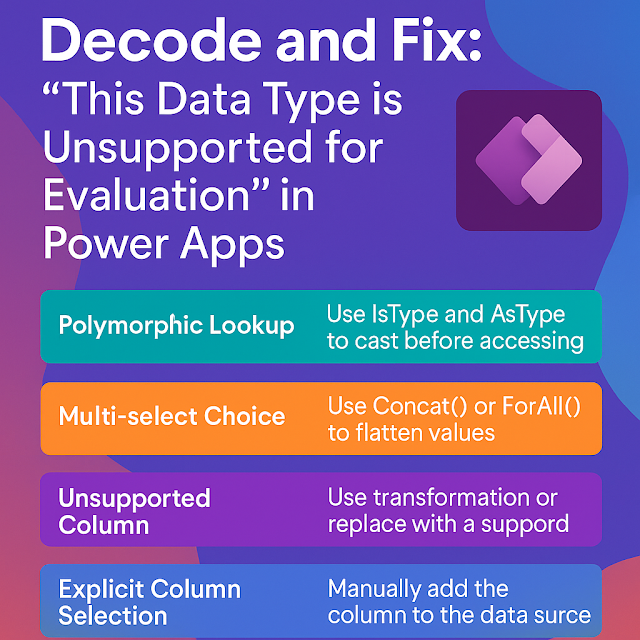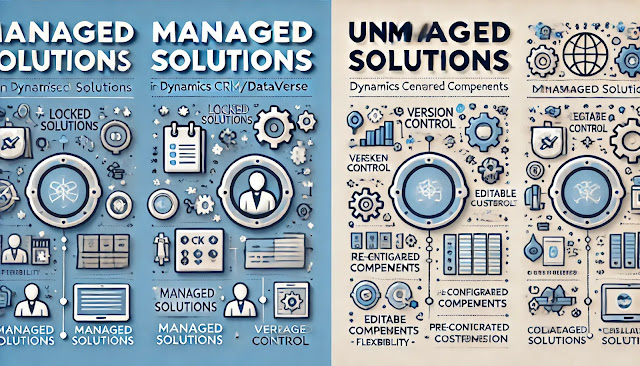From Emails to Excel: How Microsoft Copilot Enhances Productivity
In today’s fast-paced digital workplace, AI is no longer optional—it’s essential. One of the most accessible and transformative tools in Microsoft’s AI ecosystem is Microsoft Copilot. Whether you're managing projects, writing content, creating visuals, or crunching numbers, Copilot acts as your AI-powered sidekick, helping you streamline tasks and supercharge productivity.
In this blog, we’ll explore what Microsoft Copilot is, how it works, and how it’s reshaping both personal and organizational workflows.
What is Microsoft Copilot?
At its core, Microsoft Copilot is an AI-powered assistant that supports users in:
- Researching information
- Writing content and code
- Organizing tasks
- Creating visuals
- Collaborating with teams
Depending on your role and needs, Microsoft offers different versions of Copilot.
Microsoft Copilot for Individuals
Use for free on the web, Edge browser, or mobile app
- Generate images, summarize articles, answer questions
- Create documents, write stories, or brainstorm ideas
Microsoft Copilot Pro
- Subscription-based
- Access to the latest AI models (GPT-4, etc.)
- Integrated directly with Microsoft 365 apps like Word, Excel, PowerPoint, Outlook
Microsoft 365 Copilot (For Organizations)
- Embeds AI into Microsoft 365 suite: Teams, Excel, Word, OneNote, Outlook
- Leverages Microsoft Graph to pull business data securely
- Helps with summarizing meetings, drafting documents, syncing calendars, and more
Real-World Use Case: Meet Marie
Marie, a project manager, just returned from vacation. Here’s how Copilot boosts her productivity:
- Summarizes missed Teams & Outlook threads
- Extracts key points from long emails
- Drafts a proposal in Word
- Builds a budget & charts in Excel
- Designs client presentations in PowerPoint
- Schedules sync meetings automatically
- Generates call summaries with action items in Teams
With Copilot, Marie catches up and delivers high-quality work—faster and smarter.
How Does Microsoft Copilot Work?
How Microsoft Copilot Works
- You input a prompt (e.g., “Create a budget presentation”)
- Copilot adds context (user role, data sources, conversation history)
- The prompt goes to a large language model (LLM) for response generation
- Copilot returns a tailored, actionable response
Prompting Like a Pro
The quality of your prompt = the quality of the response. Follow these rules:
Example Prompt:
"Summarize the document at `/Proposal.docx` as a bulleted list of 3–5 key points to help me plan a project kickoff meeting."
Copilot’s Response:
- Market Leadership: Partnership aims to dominate the consumer electronics market.
- Customer Focus: 30+ years of high-quality product delivery.
- Mutual Benefits: Expected revenue growth in 3 months.
- Aligned Goals: Emphasis on innovation and quality.
- Simple Onboarding: 3 phases—evaluate, plan, execute.
Key Capabilities of Microsoft Copilot
A Note of Caution
While Copilot is powerful, it’s not perfect. Always:
- Verify important facts
- Review AI-generated content
- Use human judgment to make final decisions
Final Thoughts
Microsoft Copilot is more than a digital assistant—it's a game-changer for how we work, create, and collaborate. Whether you're a developer, analyst, executive, or student, Copilot can help you achieve more with less effort.














Comments
Post a Comment